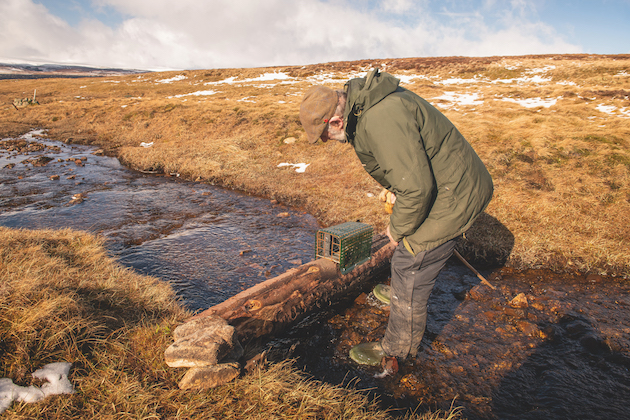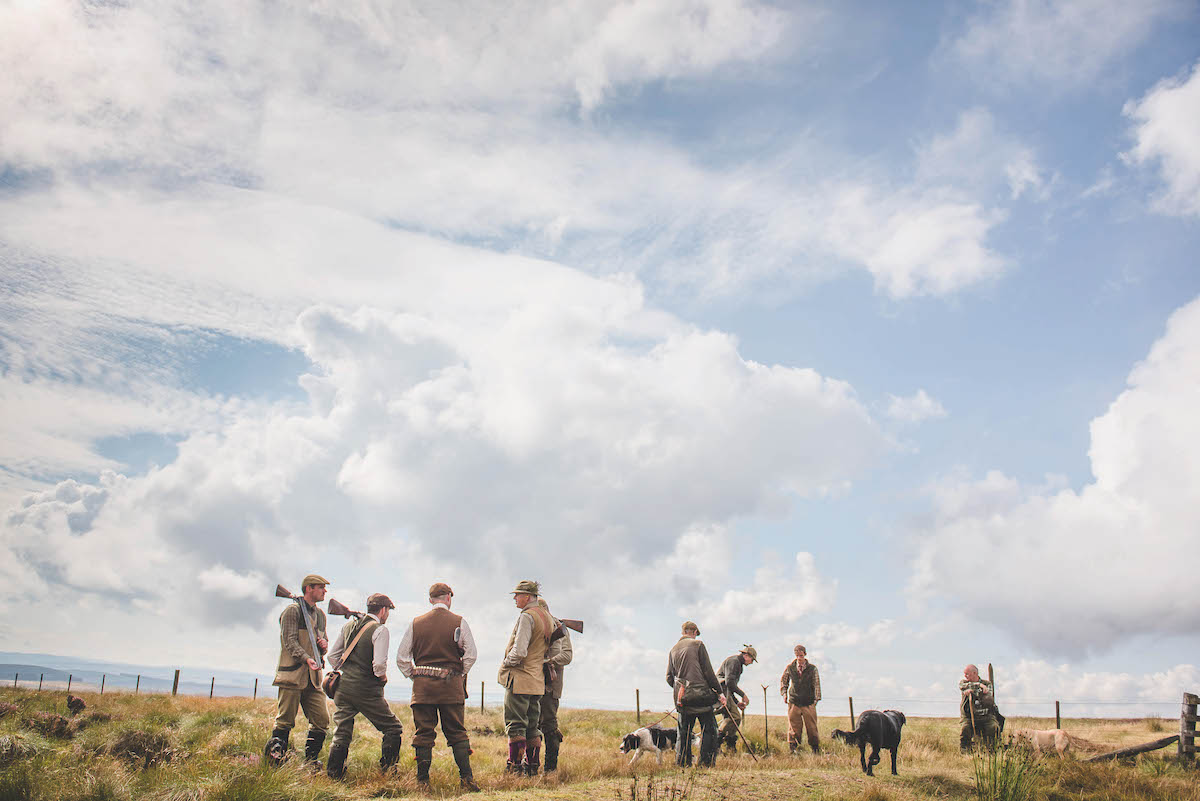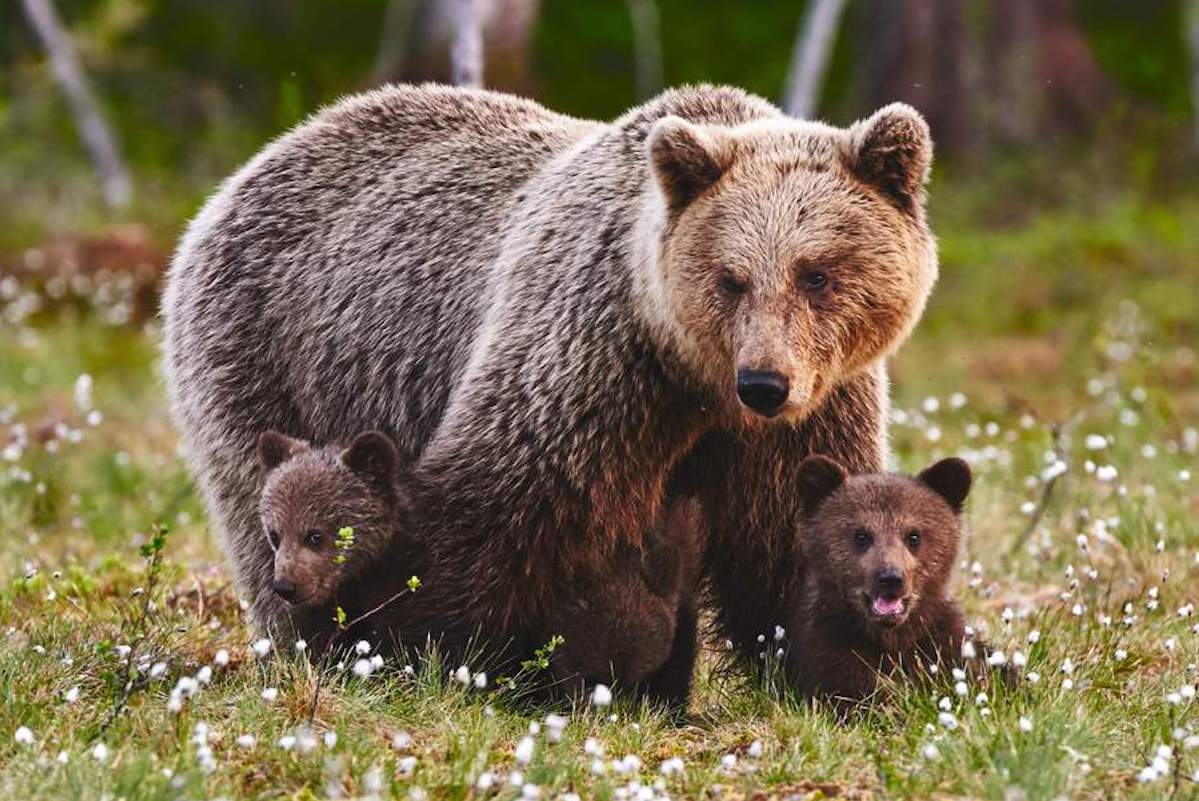New laws on trapping – keepers must tread carefully
It will soon be illegal to use Fenn traps to catch predators but there are number of new alternatives. Lindsay Waddell tests the best

These traps have been through rigorous testing to ensure they catch or kill the intended species humanely
It will soon be illegal to use a Fenn trap to catch a stoat, but where are we in our quest for its replacement? The list of traps we now have at our disposal is on the Government website for all to see. These traps have been through rigorous testing to ensure they catch or kill the intended species as humanely as possible.
Unsurprisingly, the list is considerably shorter than the 500 in John Bailey’s classic book, British Traps for Mammals. In fact there are 464 fewer traps listed on the Government website. The 36 listed on the Spring Trap, England, Approval Order, differs to Scotland and Wales’s list. I would urge anyone who has need to set a trap of any description to check the list for the country they wish to trap in.
That said, there is very limited difference and we seem to be all in the same boat if we wish to trap stoats. It is a complicated situation, with some traps being legal for some species in some circumstances and almost none for all in all circumstances. As it stands, there are quite a few that may be used to catch stoats but that will change on 1 April, when only a select number will be legal for that purpose.
A few offerings from DOC are a case in point. In England, the DOC 150 is legal for the common list of species: the rat, grey squirrel, stoat and weasel, but not mink. The slightly larger DOC 200 covers them all, including mink, but does not cover the mink or squirrel if the trap is deployed in a run-through tunnel.
So which one to use? As with other tools, people tend to have a preferred make and style when it comes to traps. I admit I am concerned about the amount of metal on display on some of the new models. I do not like too much of the stuff, especially when it comes to taking rats, which seem to be far more suspicious than a stoat. Most people who need to manage certain species will, I believe, use the Tully, DOC 150 and DOC 200 traps.
My view of the Tully was somewhat coloured when I was given one by a local keeper. He had used the traps for some time and was a fan of them. However, he had difficulty setting the one he gave me and in the end stated that it was not a great example. Traps should be fit for purpose; this one was not. It had to be modified to set it and even then it was never easy. There is also a lot of metalwork on show but the Tully has caught stoats for some keepers.
Notably, it is being used by many on crossing points over water bodies, rail or bridge traps, and here it seems to have most success. I am told, though, that rats seem to be avoiding these traps and that, I believe, is down to all the obvious metalwork.
One other problem with this trap is that you cannot take a grey squirrel with it, so if you get one as a bycatch you have broken the law. I would urge caution when setting them and ensure you comply with the law regarding excluding non-target species.

The DOC 200, DOC 150 and Tully traps and their containers
DOC 150 trap
The DOC 150 is the smallest version of the trap the New Zealanders designed to kill the stoat. Compact with powerful springs, it must be set in a container designed to include specifications from the manufacturer. There is no getting around this, which restricts how it can be used.
Siting it on rails is not easy as it will always be visible for what it is — a trap in a wooden box — though I gather there is a plastic version of the tunnel. If I can’t build a stone tunnel, either inside or outside a wall or stone pile, I would rather have wood as a container as opposed to nothing but metal. Animals are more at home crossing timber than cold steel, but I accept there are those who would disagree.
Because of the leverage and spring strength, it’s not an easy trap to set but it does its job and the box could be hidden in a variety of situations.

The slightly larger DOC 200 is secured inside its box
DOC 200
The DOC 200 is slightly larger than the DOC 150 and for many keepers, this counts against it as they want as small a trap as possible. I bought a few 200s to do the management required on a site I am responsible for. As they are larger than the 150, the box required is too. They are quite easy to set, though, because of the leverage on the arms.
I was aware from signs on the ground that I had a few animals to catch, and within a couple of weeks I had three stoats and a weasel. These were all in dead-end boxes with the necessary restrictors and initially baited with game bird feathers and some waste material.
One of the criticisms of the traps is that they are not catching large animals. However, one of the stoats I caught was a good-sized male so the restrictor had not put him off. They are perhaps not an easy trap to site on a rail because of their size. For this purpose, for those who don’t like the Tully, the 150 is a more compact trap.

Lindsay was aware from signs on the ground that he had animals to manage, including stoats
Another snag surrounds their use in the uplands. They are delicate when it comes to the pressure on the plate and though I have not had one go off yet, I am told that snow blowing in will cause them to strike. Mine may be better as I have tweaked the catch to stop non-targets such as mice setting them off.
In short, my preference is for wooden containers, though I accept there is an element of maintenance with this, and I know that just about every keeper has his own idea of how he is going to meet his legal obligations with regard to the restrictors.
DOC trap
The DOC trap was designed by the New Zealand Department Of Conservation (DOC) for trapping non native species such as…
How to use a Larsen trap correctly and effectively
A Larsen trap is an extremely visible form of pest control but using one needs be done correctly. A passer-by…
This minefield is not of gamekeepers’ making but it is one that they will have to navigate warily. The new generation of traps is working, but what we do not know is how they compare with what we are about to lose when it comes to efficacy. Some of that will be down to the skill of the practitioner, but if you cannot cover it to make it invisible — as was done with the Fenn — I fear it will be less effective.
That, though, is a small price to pay for still being able to control the predators of ground-nesting birds.










